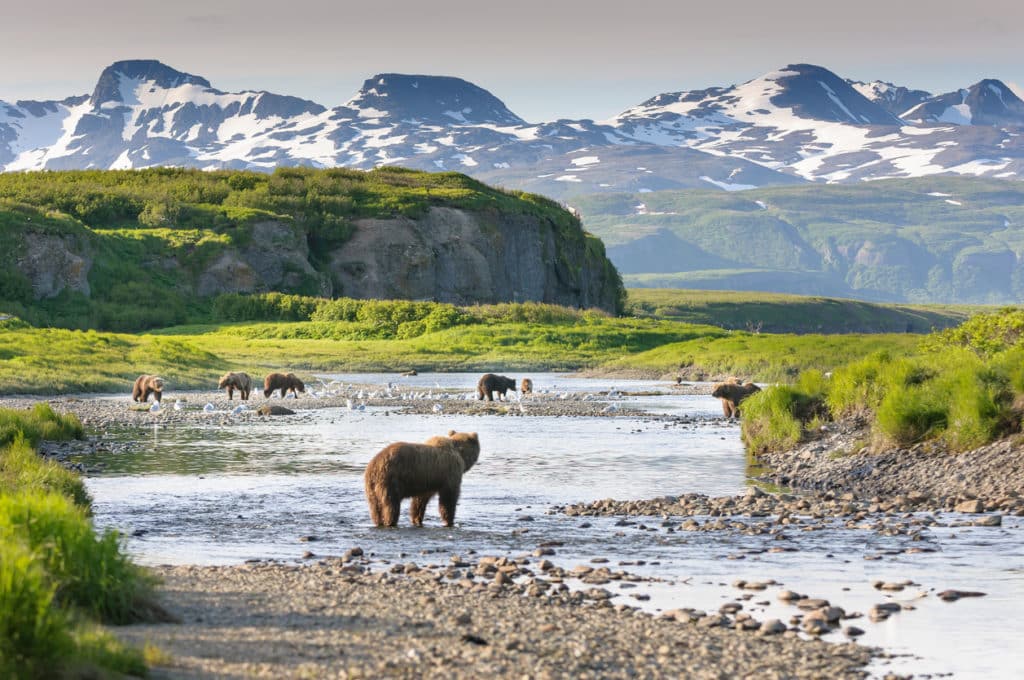On September 8, Earth League International (ELI) released a comprehensive report detailing the first six years of its WildLeaks Project. WildLeaks, launched in 2014, is a secure whistleblowing site for environmental crime. The 70-page report details some of the tips received by Wildleaks and the subsequent actions the organization has taken; it also provides insight into the overall state of environmental whistleblowing.
According to the report, the goal of the WildLeaks Project is “to receive and evaluate anonymous information and tips regarding wildlife crimes and transform them into concrete action.” Due to the large amount of risk associated with whistleblowing, and environmental whistleblowing in particular, WildLeaks established a Tor-based online submission and data management system which allows for secure and anonymous whistleblower tips. Once information is submitted to WildLeaks, “a vast network of wildlife trafficking experts, investigative reporters, and former law enforcement officers” assesses and validates the data. Following an assessment of the information, the WildLeaks team determines the next steps to turn this tip into concrete action. These steps vary on a case-by-case basis but may include reporting the crime directly to trusted authorities or launching a full investigation by ELI and/or its partner NGOs. The end goal is always to “facilitate the identification, arrest, and prosecution of criminals, traffickers, businessmen, and corrupt governmental officials behind wildlife crimes.”
The report begins by detailing the severity and scope of global environmental crime. The report mentions a recent UNEP-INTERPOL assessment report which estimated environmental crime “to be valued between USD 91-258 billion per year, making it the 4th largest illegal industry globally.” Environmental crime includes a range of illegal practices such as poaching, the illegal exploitation of high-value endangered wood species, and the trafficking of illicit fauna. The report explains that environmental crime not only endangers wildlife, such as threatening to cause species’ extinction, but also has a “human toll that is historically and inexorably linked to the exploitation of local communities and poor people.” Lastly, the report notes the ways in which environmental crimes enrich international criminal groups by enabling corruption and threatening transnational security.
Following this explanation of global environmental crime, the report pivots to the state of environmental whistleblowing. A section of the report authored by John Kostyack, Executive Director of the National Whistleblower Center, details the U.S. whistleblower reward laws and the ways they can be used to incentivize environmental whistleblowing. Kostyack notes that the most notable environmental law that provides whistleblower rewards is the Lacey Act, the nation’s premier anti-wildlife trafficking law. Other environmental laws that offer rewards to whistleblowers include the Fish and Wildlife Improvement Act, the Endangered Species Act, and the Act to Prevent Pollution from Ships.
Despite the number of current environmental whistleblower reward laws, the report notes that these laws, for the most part, have not been properly implemented or publicized. The report references an article, “Monetary Rewards for Wildlife Whistleblowers: A Game-Changer in Wildlife Trafficking Detection and Deterrence,” which argues that the proper implementation of these laws would greatly enhance federal agencies’ abilities to fight environmental crime. Whistleblower reward laws, the article explains, not only incentivize individuals to take the risk that is blowing the whistle but also deter criminal activity from happening in the first place.
In addition to the proper implementation of existing laws, Kostyack references a number of other steps that could strengthen the environmental whistleblower rewards system. He specifically points to a current bipartisan bill in the U.S., The Wildlife Conservation & Anti-Trafficking Act. This act, according to Kostyack, “would make wildlife trafficking a violation under powerful organized crime statues, greatly increase the amount of potential rewards, and mandate that all recoveries be used for conservation efforts worldwide.” Kostyack also notes that, on an agency level, better education for whistleblowers and better protections from retaliation are needed to ensure the success of environmental whistleblowing programs.
Kostyack also notes that the highly successful whistleblower laws outside of the environmental arena, such as the False Claims Act, Dodd-Frank Act, and IRS whistleblower law could be utilized to reign in criminal activity that includes environmental crime. Kostyack explains that “given the heavy role of the U.S. in the global supply networks that comprise environmental crimes, a U.S. nexus is likely to be present in many cases” and thus, these laws would be applicable. U.S. whistleblower rewards are generally available to any individual, regardless of whether they are U.S. citizens.
The remainder of the report focuses on the successes of WildLeaks and lists specific examples of whistleblower tips and the concrete actions that followed. According to the report, despite the lack of funding needed to adequately publicize the site, Wildleaks received over 300 submissions from over 30 countries in its first six year. Of the submissions, “roughly a quarter were assessed as interesting, a dozen instigated or contributed to investigations, and over 25 were reported to partner NGOs, law enforcement authorities, or media partners, or a combination thereof.” Examples of crimes exposed by these submissions include the smuggling of African Grey Parrots from Nigeria to Lebanon, ivory trafficking into the Port of Hong Kong, the illegal killing of wolves around Yellowstone National Park. In some cases, the whistleblower tips did not have enough information to pursue. However, in other cases, ELI has launched its own investigations, reported the crimes to the proper authorities, or relayed the information to local media.
The report concludes with a section on the future of the WildLeaks Project. It details the challenges the project is facing, such the fact that “not all potential whistleblowers are tech savvy enough to effectively use WildLeaks” and the “considerable amount of competition and lack of trust among environmental organizations” which “impacts the overall achievement and success in fighting wildlife crime.” This section also outlines the needs of Wildleaks. These include “acquiring more funding, marketing and communication resources, and experienced staff to be able to appropriately assess all meaningful submissions.”
Support the Wildlife Conservation and Anti-Trafficking Act – National Whistleblower Center
